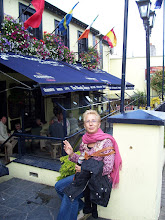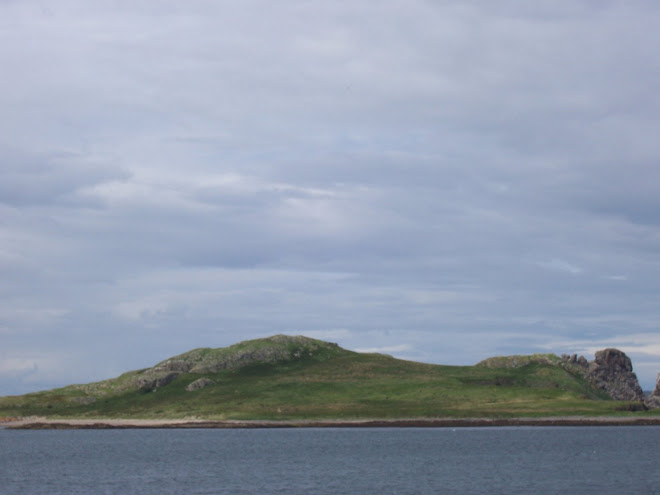Daniel O'Connell to the British House of Commons, 1847.
Beginning in 1845 and lasting for six years, the potato famine killed over a million men, women and children in Ireland and caused another million to flee the country. The Famine began in September 1845 as leaves on potato plants suddenly turned black and curled, then rotted, seemingly the result of a fog that had wafted across the fields of Ireland. The cause was actually an airborne fungus (phytophthora infestans)
Ireland's potato crop failures in the past had always been regional and short-lived with modest loss of life. Between 1800 and 1845, sixteen food shortages had occurred in various parts of Ireland. However, during the Famine the crop failure became national for the first time, affecting the entire country at once.
The French sociologist, Gustave de Beaumont, visited Ireland in 1835 and wrote: "I have seen the Indian in his forests, and the Negro in his chains, and thought, as I contemplated their pitiable condition, that I saw the very extreme of human wretchedness; but I did not then know the condition of unfortunate Ireland...In all countries, more or less, paupers may be discovered; but an entire nation of paupers is what was never seen until it was shown in Ireland."
"Famine fever"--cholera, dysentery, scurvy, typhus, and infestations of lice--soon spread through the Irish countryside. Observers reported seeing children crying with pain and looking "like skeletons, their features sharpened with hunger and their limbs wasted, so that there was little left but bones." Masses of bodies were buried without coffins, a few inches below the soil.
Over the next ten years, more than 750,000 Irish died and another 2 million left their homeland for Great Britain, Canada, and the United States. Within five years, the Irish population was reduced by a quarter.
The Irish potato famine was not simply a natural disaster. It was a product of social causes.
During the Famine, British government officials and administrators rigidly adhered to the popular theory of the day, known as laissez-faire (meaning let it be), which advocated a hands-off policy in the belief that all problems would eventually be solved on their own through 'natural means.'
In adhering to laissez-faire, the British government also did not interfere with the English-controlled export business in Irish-grown grains. Throughout the Famine years, large quantities of native-grown wheat, barley, oats and oatmeal sailed out of places such as Limerick and Waterford for England, even though local Irish were dying of starvation. Irish farmers, desperate for cash, routinely sold the grain to the British in order to pay the rent on their farms and thus avoid eviction.

The Irish watched with increasing anger as boatloads of home-grown oats and grain departed on schedule from their shores for shipment to England. Food riots erupted in ports such as Youghal near Cork where peasants tried unsuccessfully to confiscate a boatload of oats. At Dungarvan in County Waterford, British troops were pelted with stones and fired 26 shots into the crowd, killing two peasants and wounding several others. British naval escorts were then provided for the riverboats as they passed before the starving eyes of peasants watching on shore.
As the Famine worsened, the British continually sent in more troops. "Would to God the Government would send us food instead of soldiers," a starving inhabitant of County Mayo lamented.
The Irish Potato Famine left as its legacy deep and lasting feelings of bitterness and distrust toward the British


.jpg)

.jpg)
No hay comentarios:
Publicar un comentario